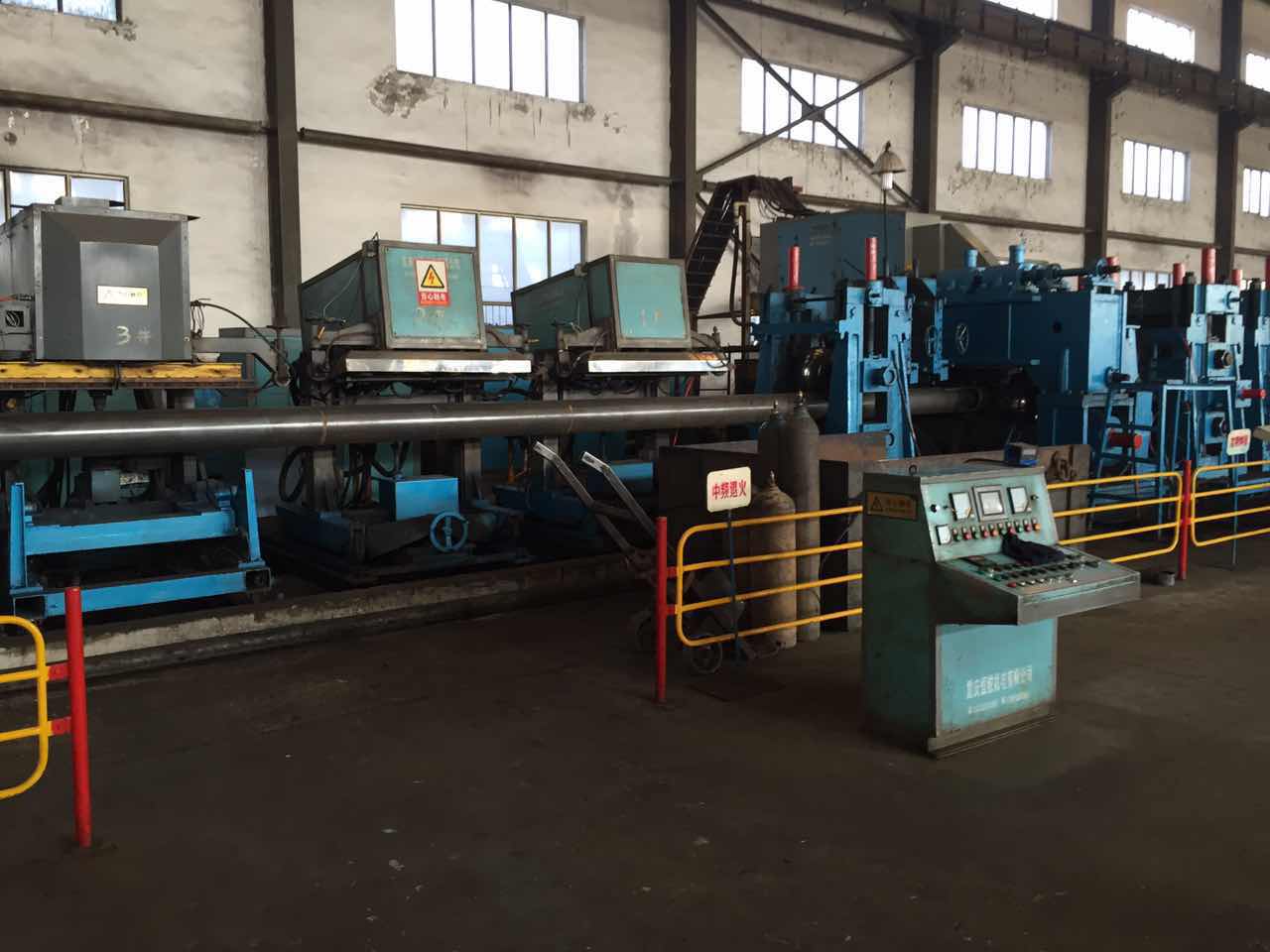The weld toe of the welded steel pipe is easy to form stress corrosion crack. The stress concentration of the butt joint is mainly caused by the weld height, and the weld of the butt joint has the greatest stress at the weld toe.
Stress concentration factor
The magnitude of the stress concentration factor depends on the weld height h, the angle θ at the weld toe, and the radius r of the corner. When the weld height h increases, the θ angle increases and the r value decreases, which increases the stress concentration factor. The greater the residual height of the weld, the more severe the stress concentration and the lower the strength of the welded joint. After the welding, the remaining height is reduced, as long as it is not lower than the base metal, the stress concentration is reduced, and sometimes the strength of the welded joint can be increased.
The outer weld seam is high, which is not conducive to anti-corrosion when using anti-corrosion operation. If the outer weld seam is high, the weld toe will not be easily pressed. At the same time, the higher the weld, the thicker the anti-corrosion layer should be. The thickness of the anti-corrosion layer is calculated based on the apex of the outer weld, which increases the anti-corrosion cost.
Spiral submerged arc welding
Spiral submerged arc welding is often prone to “fish ridge-back” outer welds, which makes it more difficult to guarantee the quality of corrosion protection. Therefore, it is also important to adjust the spatial position and welding specifications of the welding head to reduce or eliminate the outer seam of the “fish-back”. Or you can use a seamless steel pipe instead.
The outer weld seam is high, which affects the shape of the pipe after the water pressure is expanded. When the water pressure is expanded, the straight seam submerged arc welded pipe encloses the steel pipe through the left and right outer parts of the inner cavity and the steel pipe. of. Therefore, the residual height of the weld is too large, and the shear stress of the weld is large when the diameter is expanded, and the phenomenon of “small straight edge” is likely to occur on both sides of the weld.
Residual height
However, experience has shown that when the residual height of the outer weld is controlled at about 2 mm, there will be no “small straight edge” phenomenon when the water pressure is expanded, and the shape of the pipe will not be affected. This is because the residual height of the outer weld is small and the shear stress on the welded joint is also small. As long as the shear stress is within the elastic deformation range, the rebound will occur after unloading and the tube will return to its original state.
If the inner weld seam is high, the energy loss of the transport medium is increased. If the inner surface of the submerged arc welded pipe for transportation is not treated with anti-corrosion treatment, the internal friction of the weld is high, and the frictional resistance to the transport medium is also large. Increase the energy consumption of the transfer line.

